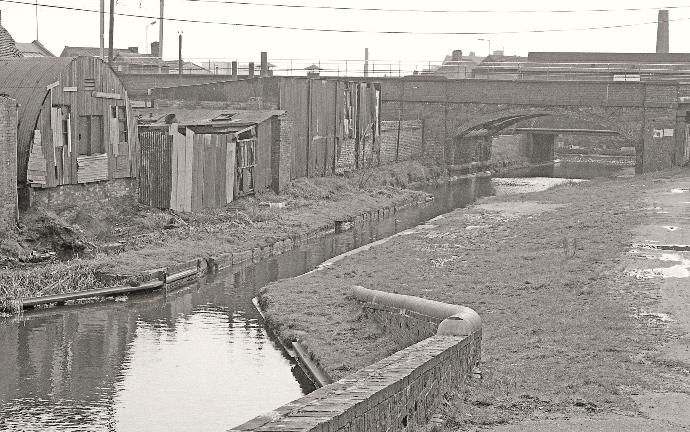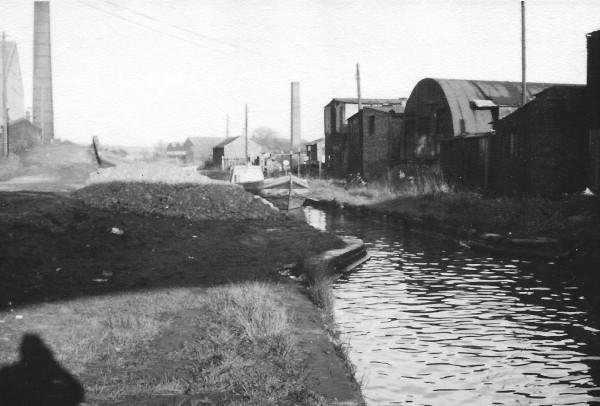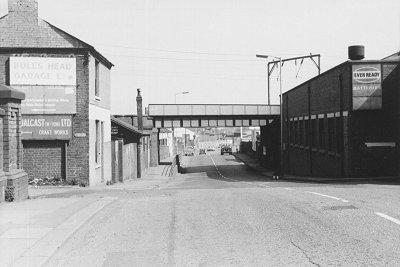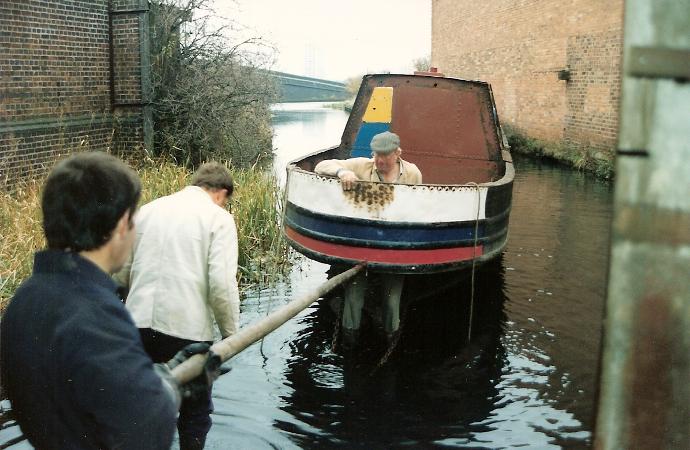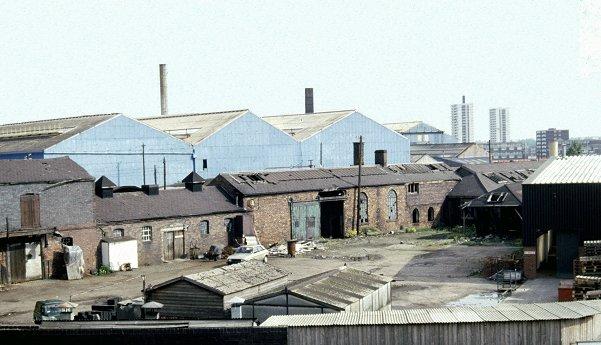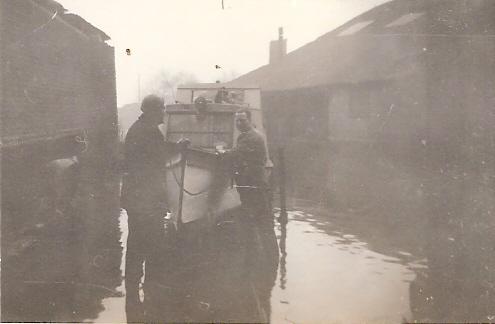Site History
The site is of a historic interest. Limekilns were situated on the site feeding the nearby factories. The Boat House (which is locally listed), and the Wharf and slipways were originally built in 1890 by the London & North Western Railway (LNWR), and later passed into the hands of the London, Midland & Scottish Railway (LMS).
They were used to maintain the boats which were used for the transportation of coal and other raw materials to and from site. Below is an aerial photograph from the early 20th century showing the site in active use, with the limekilns, moored boats and slip buildings clearly visible.
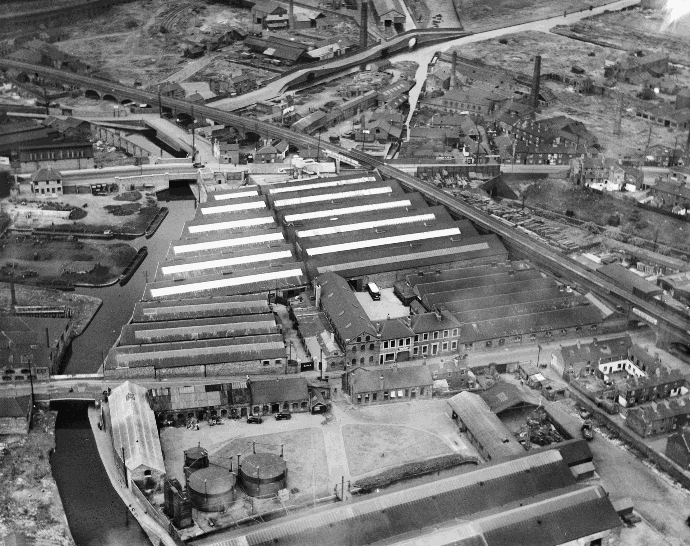
Limestone to feed the kilns would have been transported to the wharf on narrow boats from some of the many quarries in the Black Country. Pigot & Company’s Directory of 1842 and White’s 1851 Staffordshire Directory both list a lime burner at Horseley Fields by the name of John Ellis, so presumably he was based at the wharf. It appears that the lime kilns were still in use in the 20th century.
In the 1940s the wharf was owned by Elijah Dyke, his son Aubrey, and a third party. Elijah had several canal boats which operated from the wharf. At least three of his boats were 'Ampton' boats, for use on the Wolverhampton level of the BCN.
'Ampton' was the boater's name for Wolverhampton. Because there were no locks along the Wolverhampton level, it was possible to use longer and wider boats on this section, which stretched from the Wyrley and Essington at Wolverhampton, through to the Cannock Arm, and to Factory Junction at Tipton. Large quantities of coal were transported along the canal from the mines at Cannock to the wharves at Wolverhampton. The boats, also known as 'wharf boats,' could carry a load of 45 to 50 tons. They were built of wood and usually had a day cabin. There are no longer any extant ‘Ampton boats
When Elijah retired in March 1945, his business passed-on to his son Aubrey Dyke. Aubrey used part of the wharf for his own business and rented the other buildings to several small business owners.
One problem with the site was the road access from Lower Horseley Fields, through a railway bridge with a very low arch. Because of this, all of Aubrey's trucks had low beds. Aubrey’s son Ivan remembers his father's coal wharf, and two separate brass foundries, run by Mr. Saunders and Mr. Tonks respectively. The furnaces were in the ground, in the yard. Mr. Penny cast fence posts and other concrete items in his part of the wharf.
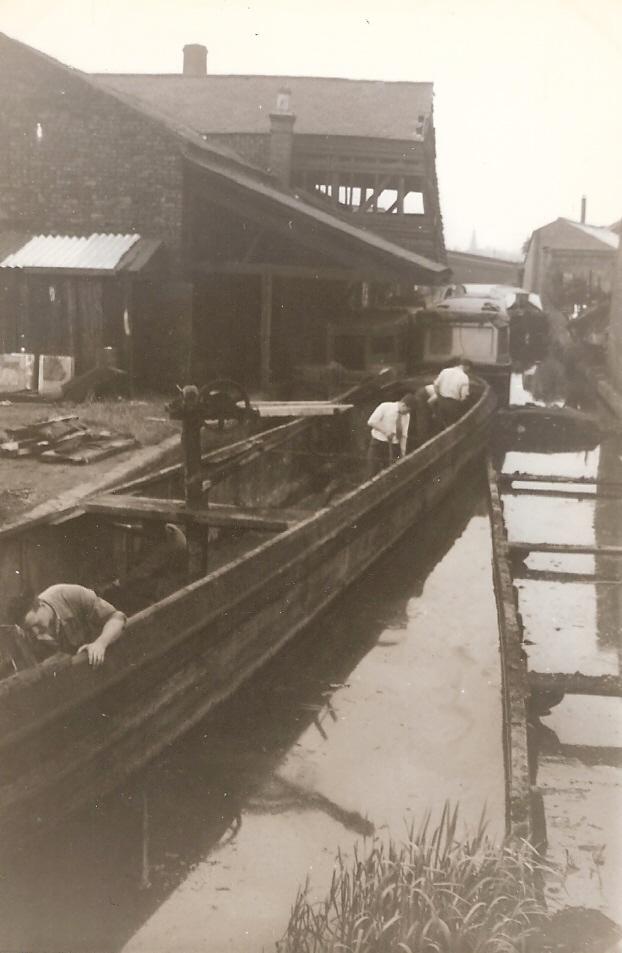
The site was used as a boatyard until 1992, when the last boat left the dock. Several notable historic narrowboats were restored on site including the Shropshire Union fly boat Ethelred, and ex working boats, Seaford and Tench. The end of the canal arm was filled in and is now the car park for Commercial Wharf. In the 1960’s many ex working boats were saved from destruction and converted to pleasure craft. Much of the work done on this site was undertaken by members of the Wolverhampton Cruising Club. In 1992 the last boat to leave the slipway was Narrowboat Seaford.
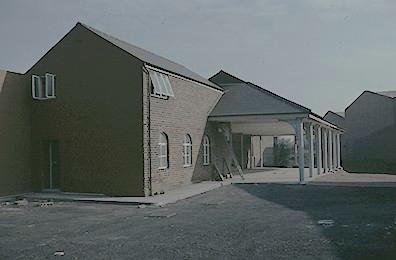
At some point in the last 40 years the buildings were renovated and occupied for a short time.
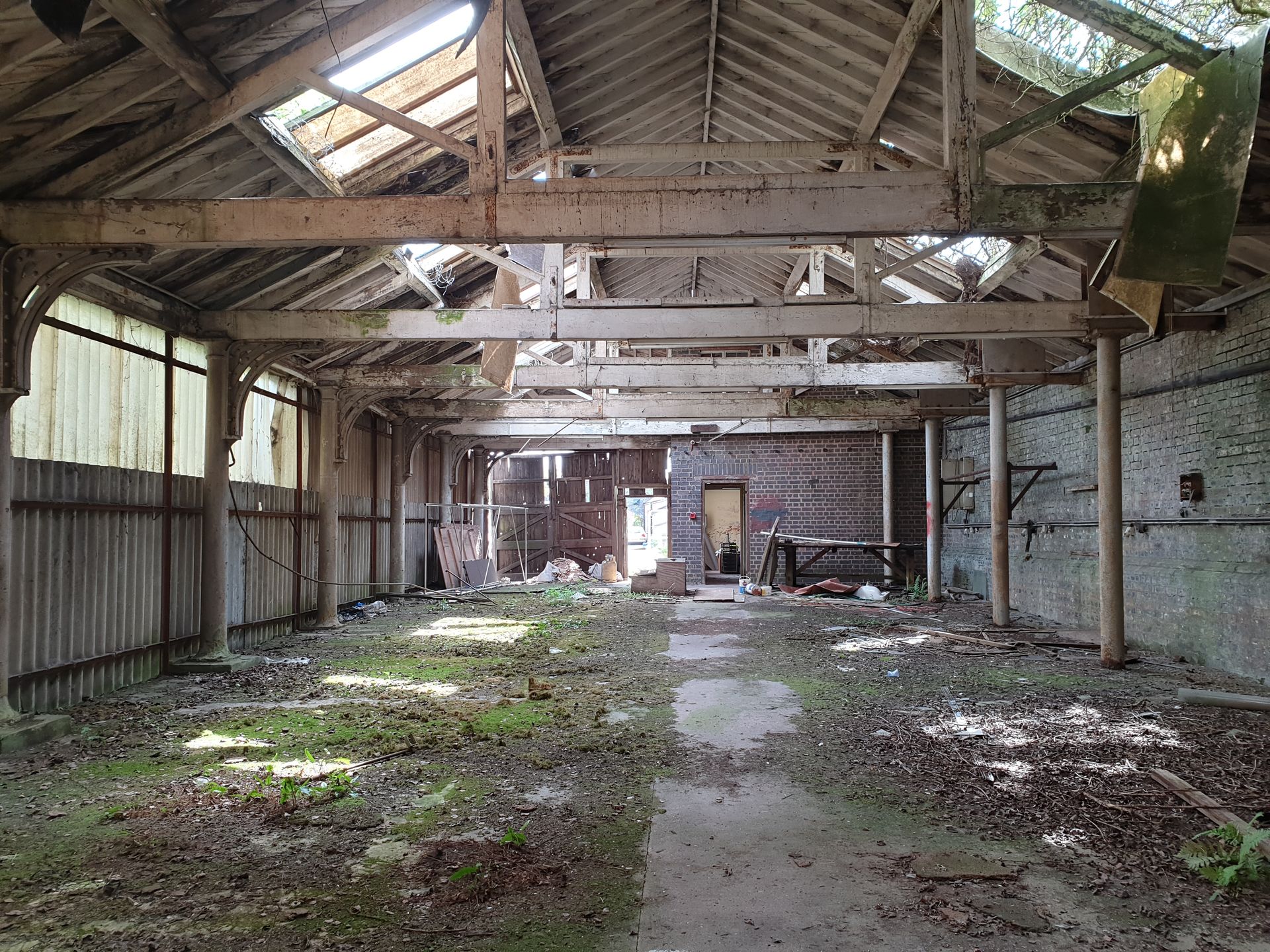
Unfortunately, the site was then neglected after the last tenant left, and it was left to fall into a state of dereliction.
